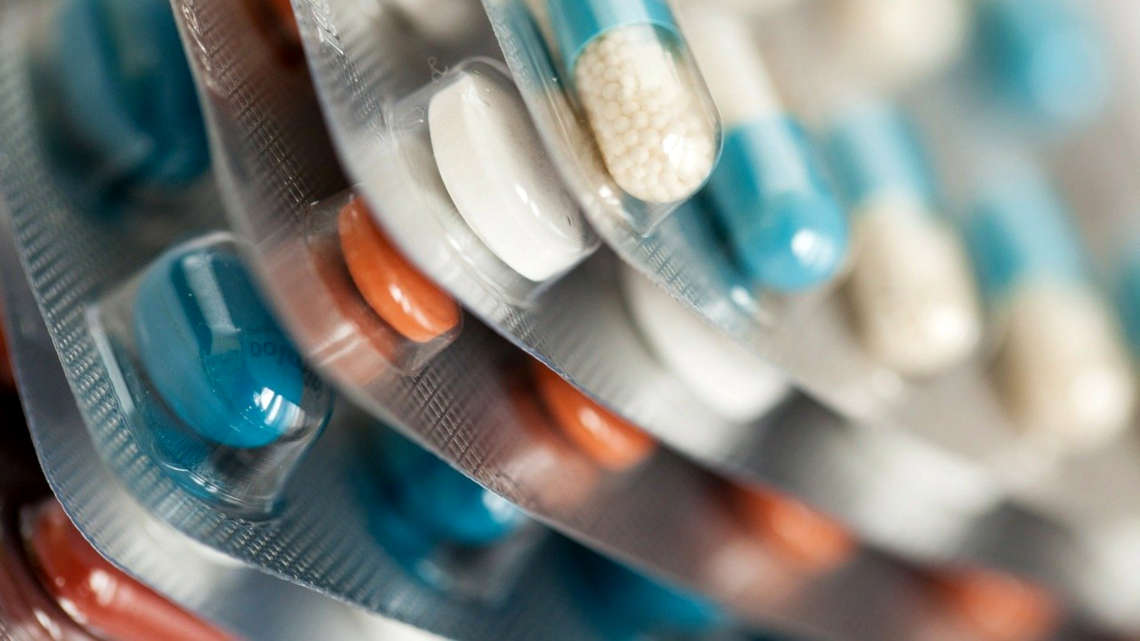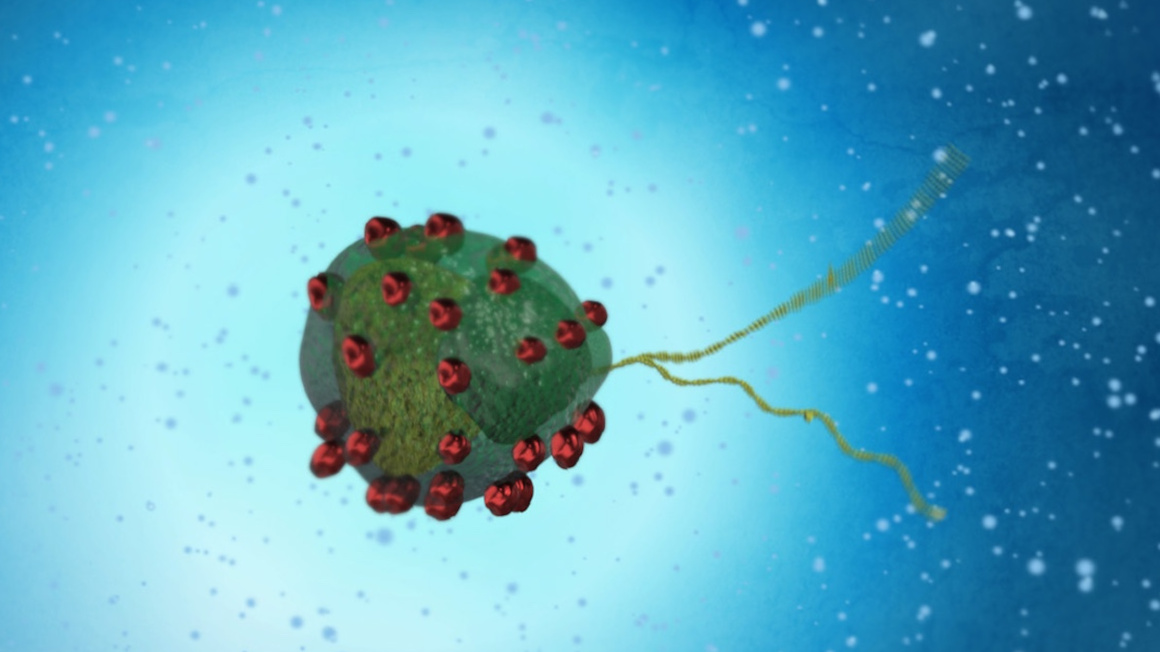Amino acid produced biotechnologically
Leibniz researchers have developed a sustainable alternative to the petrochemical process to produce an important basic drug substance.

Scientists have copied many a fine chemical from nature. Phenylglycine is also a substance produced by bacteria. However, there are two mirror-image forms of it - L-phenylglycine and D-phenylglycine. The former is the product of microorganisms, the latter is a medically highly interesting compound, which as yet can only be produced conventionally in a petrochemical process - until now.
Only one of two forms interesting
The bacterium Streptomyces pristinaespiralis produces L-phenylglycine in order to process it into the antibiotic pristinamycin. Researchers at the Leibniz Institute DSMZ (German Collection of Microorganisms and Cell Cultures) have succeeded in using synthetic biology methods to modify bacteria of the genus Actinomycetes in such a way that they produce D-phenylglycine. In the journal "Applied Microbiology and Biotechnology", the DSMZ team describes the modified synthesis pathway.
Advantages of fermentative production
The fermentative production of D-phenylglycine has several advantages over the petrochemical variant. First, in terms of sustainability and climate protection: The production primarily requires glucose as a raw material, which can be easily obtained from renewable ressources. Furthermore, bacteria produce their product with a particularly high optical purity.
Further increase in production rates
"Although the production rates are still low," admits DSMZ researcher Yvonne Mast. "we have not yet fully exploited the possibilities of genetic engineering and are currently exploring ways to increase the production rate." This is the only way that the sustainable production of such versatile building blocks as D-phenylglycine can be of real interest to industry. In addition, the new synthesis pathway could be transferred to other bacterial strains as production organisms.
The market potential is given: Currently, more than 5,000 tons of D-phenylglycine are produced annually by conventional means to produce antibiotics such as ampicillin.


